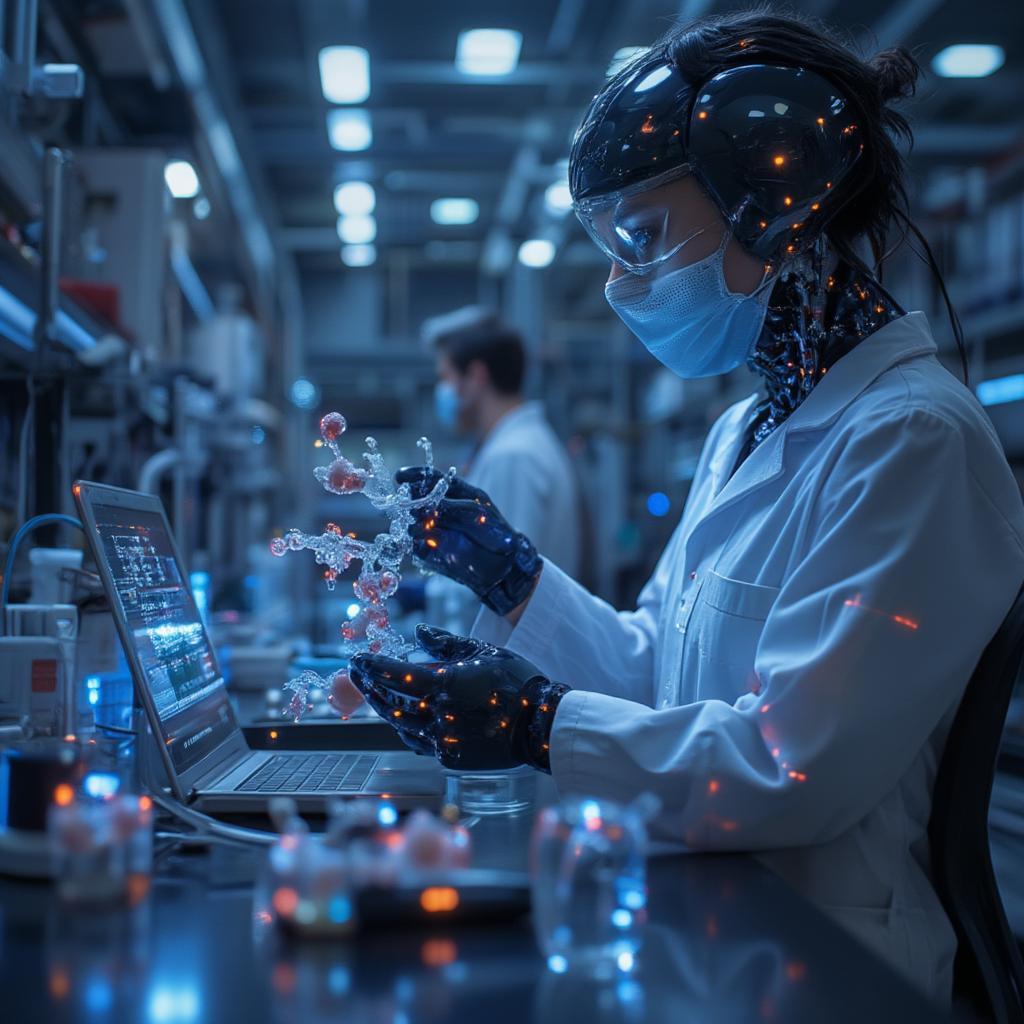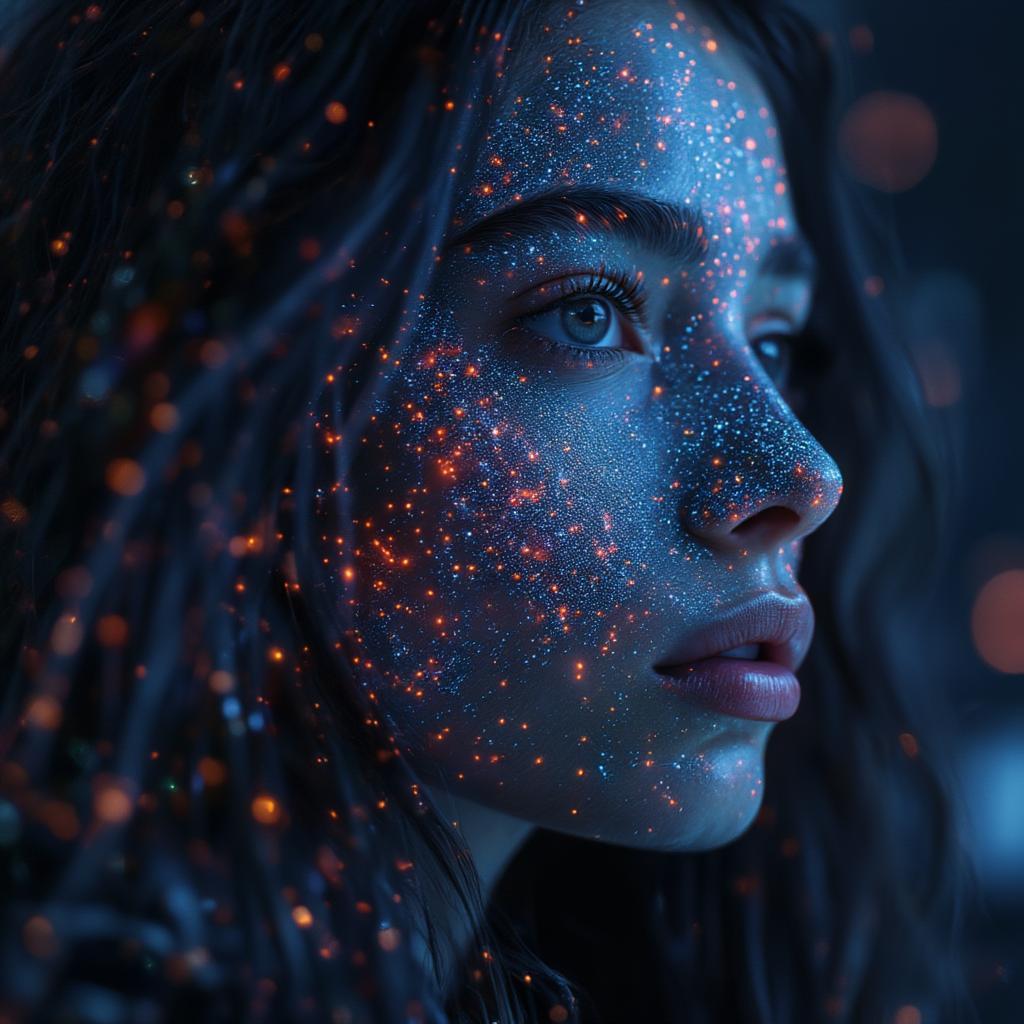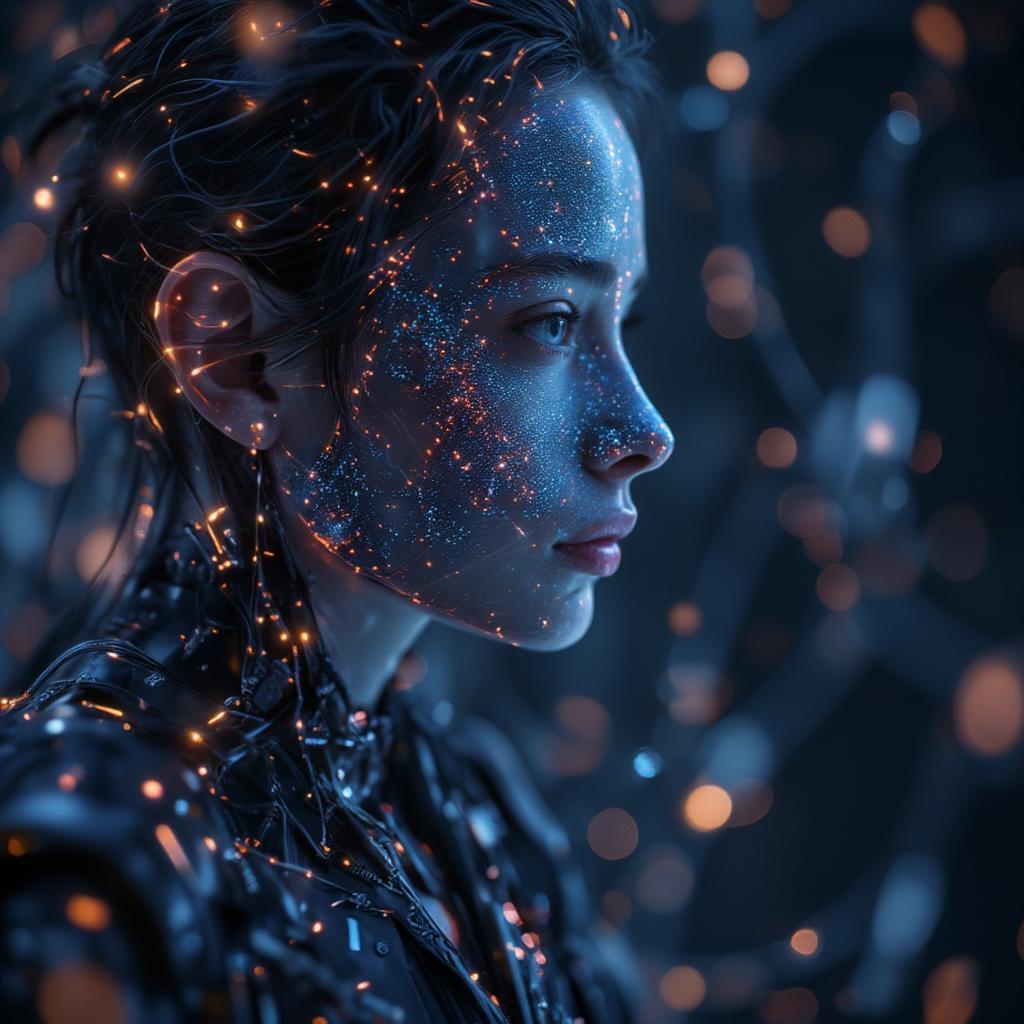How Artificial Intelligence Creates Images: Ethical Considerations and Future Implications
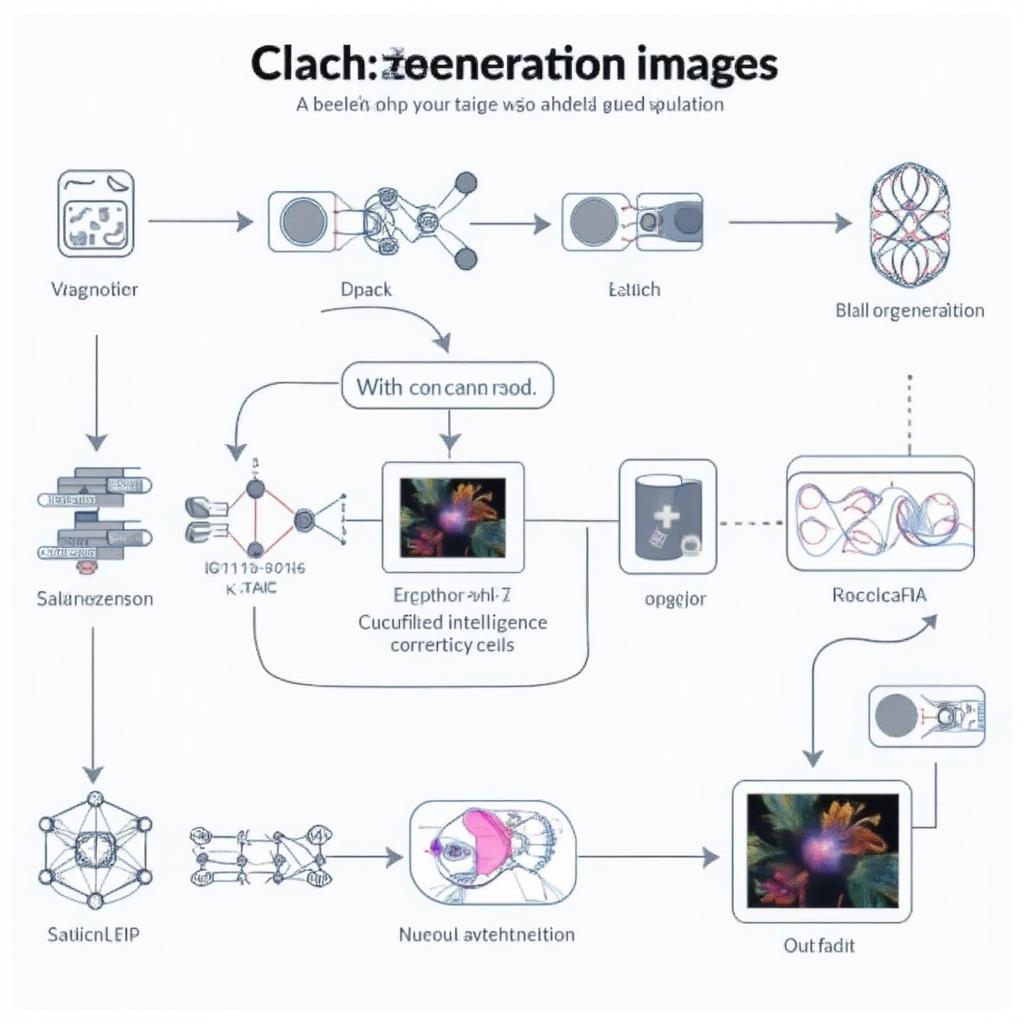
Artificial intelligence is rapidly transforming our world, and one of its most visually stunning applications is its ability to create images. But as this technology advances, so do the ethical questions surrounding it. Let’s explore how Artificial Intelligence Creates Images, the challenges it presents, and what the future might hold.
The magic behind AI image generation lies in complex algorithms, deep learning, and vast datasets. These tools enable AI to understand patterns and styles from existing images and create new ones, often indistinguishable from those created by humans. This technology, while fascinating, also raises important concerns that we at Welcome Shock Naue feel deserve careful consideration. How do we ensure the use of AI image generation remains responsible and beneficial?
The Mechanics of AI Image Generation
At its core, AI image generation is a process of teaching a machine to understand and recreate images. Various techniques are employed:
- Generative Adversarial Networks (GANs): These involve two neural networks, a generator, and a discriminator. The generator tries to create realistic images, and the discriminator tries to distinguish between real and generated images. This back-and-forth learning process results in surprisingly high-quality synthetic images.
- Diffusion Models: These models learn to reverse the process of adding noise to an image. They start from random noise and gradually refine it into a coherent image, guided by the input prompts.
- Variational Autoencoders (VAEs): VAEs learn a compressed representation of images, and then generate new images by sampling from this representation.
- Prompt Engineering: This is where a user provides a description or instructions (the prompt) to the AI. The more precise and detailed the prompt, the better the results. This process itself is an art, as it requires understanding of the AI model’s quirks and limitations.

“The power of these models comes from their ability to generalize from vast amounts of data,” explains Dr. Anya Sharma, a leading AI researcher, “But this power also carries a responsibility, as what they create reflects the biases and the information they’ve been trained on.” This is an important point: when talking about how artificial intelligence creates images, we have to also talk about what datasets it uses to learn this process.
The Rise of AI Art and Creative Expression
AI image generation tools have democratized art creation. Now, someone with no technical artistic skills can still generate beautiful and intriguing images simply by providing well-crafted prompts. This democratization is a double-edged sword. While it empowers new forms of creativity, it also impacts the livelihoods of professional artists.
- Accessibility: Anyone can use AI art generators, regardless of their artistic background.
- Experimentation: Artists can explore new styles and ideas more easily using AI.
- Efficiency: AI can generate vast amounts of variations from a single prompt, helping with ideation and visualization.
To delve into the foundational aspects, exploring artificial intelligence background image will give you a broader understanding of the visual elements at play.
Ethical Considerations in AI Image Creation
The creation of images using AI isn’t without its ethical complexities. Here are several key concerns:
- Bias and Representation: AI models trained on datasets with biased representations can perpetuate harmful stereotypes in generated images. For example, an AI trained primarily on images of men in professional roles may generate predominantly male figures in similar scenarios.
- Copyright and Ownership: Who owns the copyright to AI-generated images? Is it the user who provides the prompt, the developers of the model, or someone else? This is a legal gray area that’s currently under debate.
- Deepfakes and Misinformation: AI’s ability to create realistic images makes it easy to generate convincing but fake content or deepfakes. These can be used to spread misinformation, damage reputations, or even manipulate elections.
- Job Displacement: Some fear that AI image generators will displace artists and other creative professionals, resulting in job losses in these sectors.
- Lack of Transparency: It’s often difficult to understand how AI image generators create a specific output, making it hard to identify potential biases or errors in the process.
How can we mitigate these ethical concerns and ensure that this technology is used responsibly and ethically? We must approach this question in a multi-faceted way, as it is clear that the impact of artificial intelligence creates images has on society has many dimensions.
Addressing Bias and Promoting Fairness
Combating bias in AI image generation is an ongoing challenge. Here are a few potential solutions:
- Diverse Datasets: Training models on datasets representing a wide range of demographics and backgrounds is crucial.
- Bias Detection Tools: Developing tools to identify and correct biases in AI models is essential.
- User Education: Raising user awareness of potential biases in AI and educating them on how to use these tools responsibly is an important step.
- Transparency: Encouraging transparency in AI models, so that it’s easier to understand the decision-making processes behind image generation.
To understand how this fits within the broader field of study, you might want to explore artificial intelligence machine learning data science.
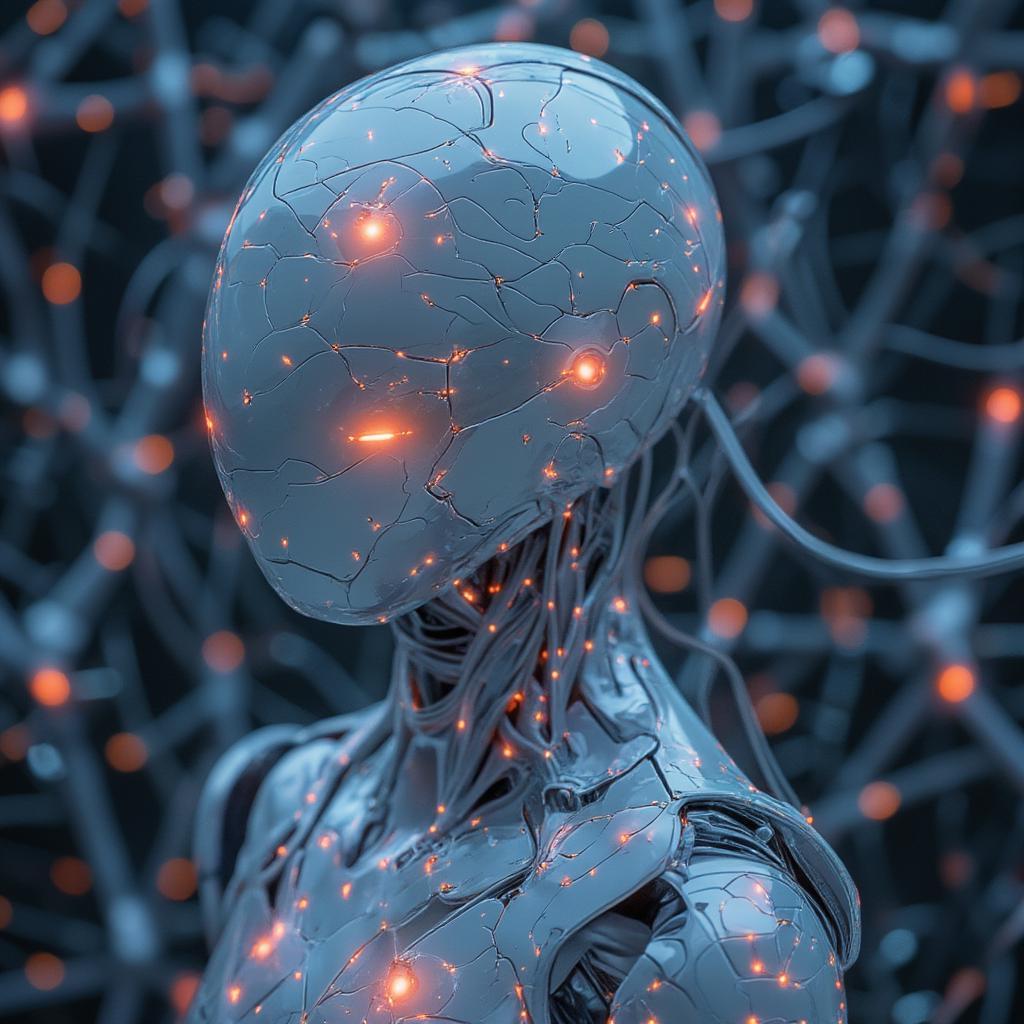
The Future of AI Image Generation
What does the future hold for AI image generation? It is clear that the technology will continue to evolve, and this is exciting and potentially worrying. Some predictions include:
- Increased Realism: AI-generated images will become even more photorealistic, making it harder to distinguish between real and synthetic images.
- Greater Control: Users will gain greater control over the image generation process, with the ability to fine-tune aspects like style, composition, and details.
- Personalization: AI image generators will become more personalized, catering to individual preferences and styles.
- Integration with other Technologies: Integration with other technologies like virtual reality and augmented reality will likely see increasing adoption.
- New forms of art: AI can push boundaries and allow us to explore new art forms that we could never have imagined.
“AI image generation is not just about creating pretty pictures,” adds Dr. Ben Carter, a technology ethicist. “It has the potential to transform how we create, communicate, and even how we understand ourselves. It is critical that we develop it with ethical principles at the forefront.” This highlights that the future of how artificial intelligence creates images isn’t just about technical advancements but ethical considerations as well.
Navigating the Challenges Ahead
As we move forward, we must address the challenges head-on. This includes:
- Establishing clear legal frameworks: This is important to ensure that there are clear rules for copyright and ownership.
- Promoting ethical standards: Creating frameworks to guide the development and use of AI image generation technologies.
- Investing in education and retraining: Ensuring that those whose jobs may be displaced by AI have the necessary skills and training to transition into new roles.
- Encouraging open and transparent discussions: Open discussion and collaboration between researchers, developers, policymakers, and the public are necessary.
Understanding the trajectory of this development requires an appreciation for its history; you might find the development of artificial intelligence offers a valuable perspective.
Real-World Applications of AI Image Generation
AI image generation isn’t just a theoretical concept, it’s already being applied in various fields:
- Marketing and Advertising: Creating unique visuals for advertising campaigns, websites, and social media.
- Gaming: Generating assets and environments for video games, saving time and resources for developers.
- Fashion: Designing new clothing lines and visualizing garment designs.
- Film and Entertainment: Creating special effects, set designs, and character concepts.
- Education: Creating educational materials and visual aids to enhance learning.
These applications show how artificial intelligence creates images for both practical and artistic purposes.
Addressing Frequently Asked Questions
Let’s tackle some common questions about AI image generation.
Q: Can AI truly be creative?
A: While AI doesn’t have consciousness or the same emotions that drive human creativity, it can generate novel and interesting outputs based on the patterns it learns. This ability to create in different styles and combine concepts can be considered a form of computational creativity.
Q: How do I start using AI image generators?
A: There are many online platforms and software packages available, and most are relatively user-friendly. Start by experimenting with free options to get a sense of how they work, and then move on to more advanced tools.
Q: What if I generate something that’s not ethical?
A: Being mindful of the prompts you use and the content generated is crucial. Avoid prompts that promote hate speech or bias, or create material that could be used for harmful purposes. It’s your ethical responsibility to use AI responsibly.
Q: How will AI image generation change the job market?
A: The full impact is still unfolding. While there will undoubtedly be some disruption, AI will also create new job opportunities in areas like prompt engineering, data management, and ethical oversight.
For more practical examples of what AI can do, you can look into artificial intelligence real life example.
Conclusion: A Call for Responsible Innovation
The ability of artificial intelligence creates images is a remarkable feat of engineering, but we must approach it with careful consideration for the ethical implications. At Welcome Shock Naue, we believe in the power of technology to improve lives, but also recognize the importance of ensuring that AI is developed and used responsibly. The future of AI image generation hinges on our ability to address these ethical concerns proactively and collaboratively.
Let us embrace this technology with awareness, responsibility, and a commitment to create a world where AI serves humanity’s best interests. What we learn and discuss now will inform the future of technology. This brings the field full circle back to the first question that we touched upon; how do we ensure the use of AI image generation remains responsible and beneficial? This question requires an ongoing conversation and collaboration between experts, users, and those who are impacted by AI’s rapid development.

